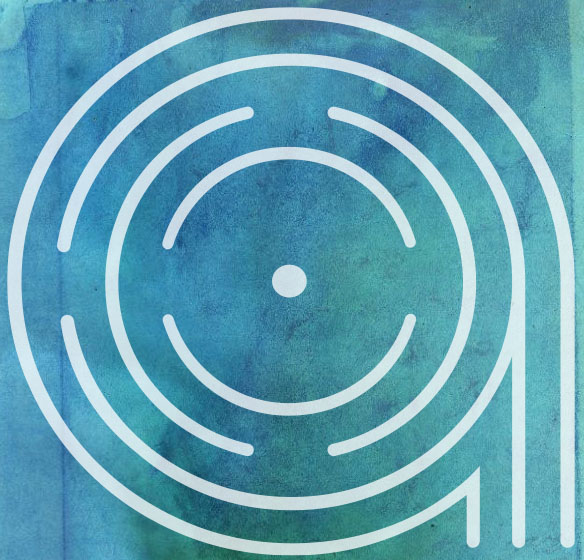Losing a loved one shakes up someone’s world in a way that is unique and can be highly disorienting. If you’ve lost a loved one close to you, you know the deep pain and overwhelming feelings that come with trying to adjust to the world without your loved one. This is precisely one of the primary tasks of the mourning process that theorists like William Worden have identified.
Adjusting to a world without the deceased is a deeply personal process that looks different for every person depending on who you are, whom you’ve lost and what the nature of your relationship was. Once the reality of the loss has set in, the adjustment process becomes a main focus including external, internal and spiritual adjustment.
External adjustment refers to the bereaved person’s adjustment to the world around them and navigating their life without the deceased. As the person mourns, they become increasingly aware of all the roles their loved one played in their life. One of the most difficult losses a person can sustain is the loss of their spouse, in part because a spouse covers so many roles in one’s life. What a specific spouse provided is unique to that person, circumstances and the relationship. For instance, were they a financial provider, primary or co-parent, friend, sexual partner, the one who managed social events and communicated with the kids’ school, filed the couple’s taxes, the family cook, the house handyman or woman, etc? Adjusting to life without a spouse usually means learning new roles and taking on responsibilities the person hasn’t done in some years, or perhaps ever. It can take a few months to even realize all of the roles the spouse fulfilled.
Internal adjustment refers to the bereaved person having to adjust to their own sense of self which, depending on the loss, may be significantly altered. If they conceived of their identity in relation to the deceased, it can be even more difficult. Being a husband, wife, mother, or father changes a person and if the spouse or even child dies, the internal adjustment is significant. Often to a lesser degree, but still significant, is seeing one’s self as your parent’s son or daughter and losing the parent also means losing that identifier. A grieving person has to reorient who they are, answering such questions as “who am I now?” and “who am I from having loved this person?”
A spiritual adjustment is also often necessary after the death of a loved one, particularly if the death was of a younger person, was unexpected, or violent in nature. We have a tendency to see the world as primarily safe and have some idea of how we fit in the world and death can sometimes challenge those views. To make a healthy adjustment after losing a loved one, it’s necessary to ask ourselves those tough questions and wrestle with the challenges until coming to a new or stronger consensus on our spiritual views.
Many people work through the death of a loved one without the benefit of therapy and manage well. It’s a natural phase in the life cycle. However, many others benefit from a professional assisting them in these adjustments, particularly for those less expected deaths or deaths that cause complicated grief. The Adne Institute has therapists that specialize in grief work. Contact us if you need assistance during such a painful and challenging season!
















